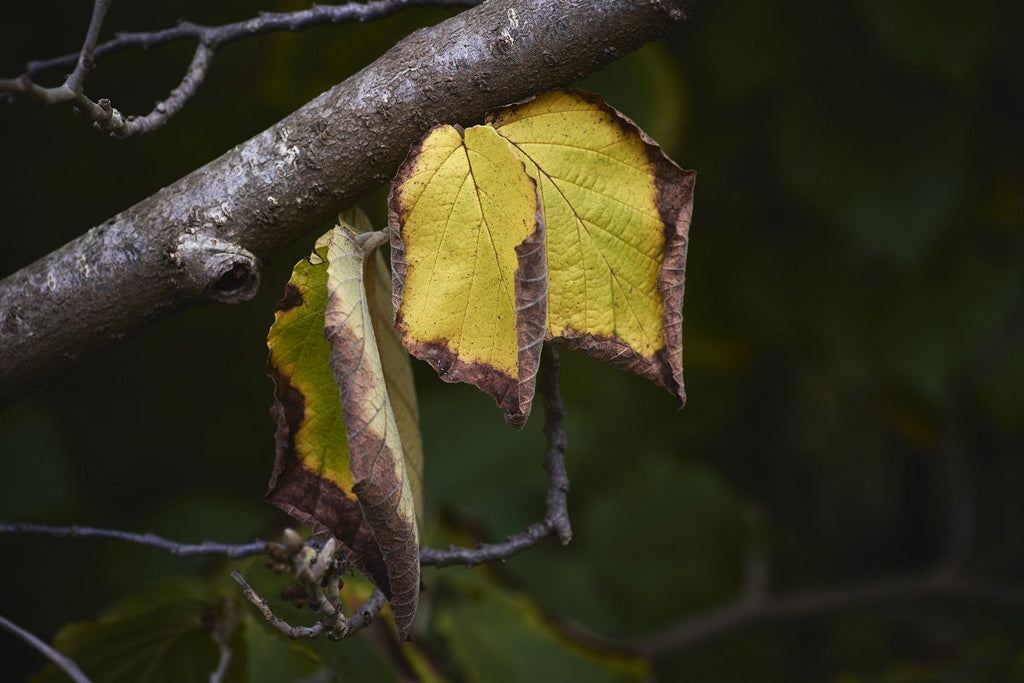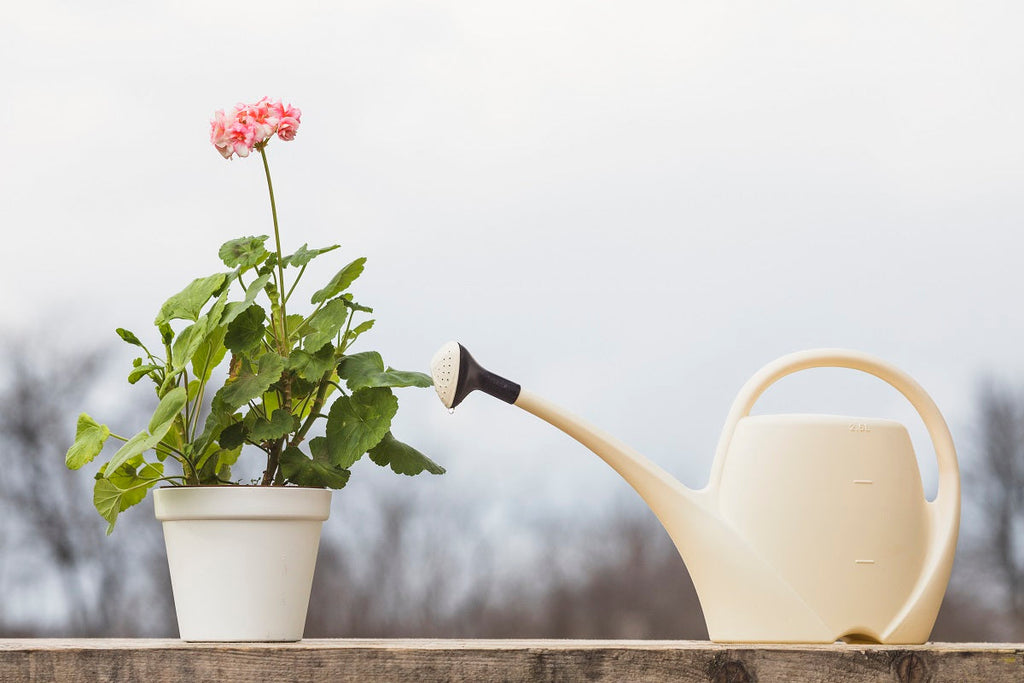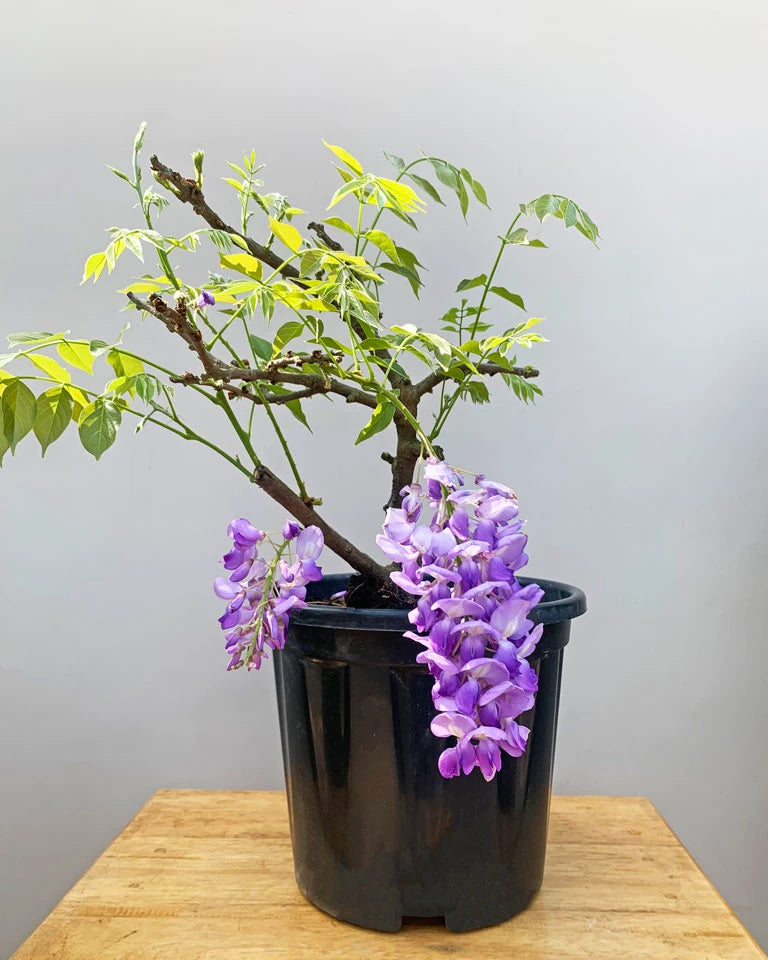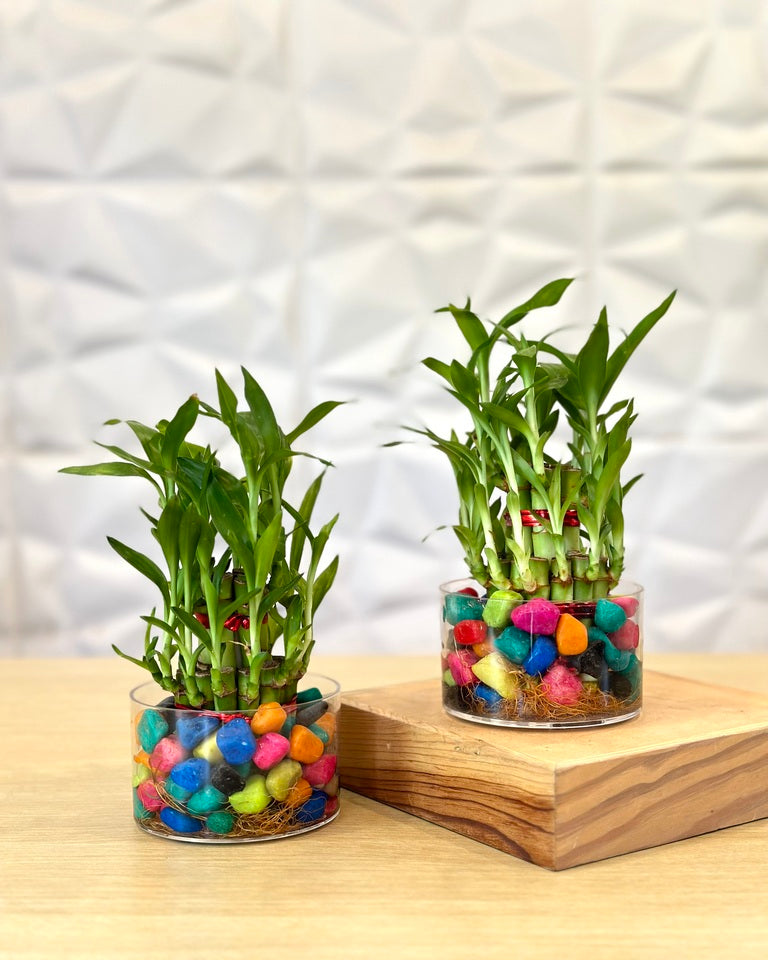
How to Care for Your Money Plant: Simple Steps for Lush, Indoor Greenery

Money plants, also known as pothos, are one of the most beloved indoor plants—and for good reason! With their vibrant green leaves, easy-going nature, and the belief that they bring prosperity, money plants have become staples in homes worldwide. Whether you're a first-time plant parent or a seasoned plant enthusiast, giving your money plant the proper care ensures it thrives in your space.
In this guide, we’ll take you through care tips for money plant step-by-step to keep your plant healthy, lush, and always adding positive vibes to your indoor environment.
Finding the Perfect Spot for Your Money Plant
Money plants are adaptable to a range of light conditions, making them ideal for various spaces around the home. They’ll do best in bright, indirect sunlight—think a room with gentle morning light or a spot near an east-facing window. While they can tolerate low light, brighter spaces will help them grow more robustly and showcase that beautiful, lush green color.
If placing your plant outdoors, make sure it’s shaded from direct sunlight, which can scorch those lovely leaves. Finding that perfect lighting balance is a key part of care for money plant to ensure it stays vibrant and healthy.
The Right Way to Water Your Money Plant
Money plants love consistency but don’t appreciate soggy roots. Overwatering is one of the most common problems that money plants face, leading to root rot and yellowing leaves. The secret? Water only when the top inch of soil feels dry.
- How to Test: Simply touch the soil. If it’s dry to the touch, it’s time to water; if it feels damp, wait another few days.
- What to Avoid: Frequent watering or letting water sit in the pot for too long.
By keeping your watering schedule in check, you’ll ensure your money plant stays healthy and strong. Remember, in the world of care tips for money plant, less is often more when it comes to hydration.
Soil and Potting: Setting Up a Solid Foundation
Selecting the right soil and pot is another key to a thriving money plant. These plants prefer a well-draining, light potting mix that won’t hold onto excess water. This is where a pot with drainage holes comes in handy; it allows water to escape and helps prevent root rot.
If you’re considering repotting, aim for a medium-sized pot that offers the plant room to grow while ensuring water doesn’t stagnate. When done right, soil and pot choice can make a big difference in how well your money plant adapts to its environment.
Boosting Humidity and Temperature for a Happy Plant
Money plants hail from tropical regions, so they appreciate warmth and humidity. Standard indoor humidity is generally fine, but if you notice browning on the leaf tips, a bit more moisture in the air can help. A light misting once or twice a week, or a spot near a humidifier, will make your plant feel more at home.
These plants are also temperature-sensitive; they’re happiest in temperatures ranging from 65-80°F (18-27°C). Protect them from cold drafts or temperature fluctuations, especially in the winter, to ensure they stay comfortable.
For a boost in care for money plant, keep them away from air conditioners or heaters that might stress their leaves.
Feeding Your Money Plant for Maximum Growth
Fertilizer isn’t essential for money plants, but occasional feeding can help them flourish. During the growing months—spring and summer—apply a balanced, water-soluble fertilizer diluted to half strength once a month. This gentle feeding schedule will give your plant the nutrients it needs without overwhelming it.
Avoid fertilizing in fall and winter, as the plant naturally enters a slower growth phase. With the right feeding habits, you’ll see new leaves and healthy vines flourishing, proving how small tweaks in care tips for money plant can lead to impressive results.
The Art of Pruning and Shaping
Pruning is a simple but effective way to keep your money plant looking its best. Trim back long vines to encourage bushier growth or remove yellowing leaves to focus the plant’s energy on new growth.
Pruning not only helps shape the plant but can also invigorate it, promoting healthier, fuller foliage. To prune, use sharp, sterilized scissors and cut just above a leaf node (the small bump where leaves grow from). This will encourage new growth in that area, making your plant look denser and healthier.
Repotting: When and How to Give Your Plant Room to Grow
Repotting your money plant every 6 months-1 years years keeps it thriving, as it prevents the roots from becoming cramped. Spring is the best time to repot, as it aligns with the plant’s natural growth period. Gently transfer your plant into a pot one size up, refresh the soil, and give it a light watering.
Repotting is one of those care tips for money plant that many plant parents overlook, but it can truly make a difference in your plant’s overall health and longevity.
Common Issues and Quick Fixes
Here’s a quick rundown of common money plant problems and how to tackle them:
- Yellowing Leaves: Usually a sign of overwatering. Allow the soil to dry out before the next watering.
- Brown Leaf Tips: Often due to low humidity. Increase misting or move the plant to a more humid area.
- Leggy Growth: If your money plant is looking sparse, it may need more light. Move it to a spot with bright, indirect light.
With these care tips for money plant, you’ll be well-equipped to handle any challenges that may come your way!
FAQs
Q1: Can I grow my money plant in water?
Absolutely! Money plants can thrive in water alone. Place a cutting in a jar of clean water, ensuring that at least one node is submerged. Change the water weekly, and watch your plant grow!
Q2: How do I encourage faster growth in my money plant?
To speed up growth, ensure your money plant is in a bright, indirect light spot, provide occasional feeding during the growing season, and prune regularly to encourage bushier vines.
Q3: What should I do if my money plant leaves start yellowing?
Yellow leaves are often a result of overwatering. Allow the soil to dry out completely before watering again, and make sure the pot has drainage holes.
Q4: Is the money plant safe for pets?
Money plants contain calcium oxalate crystals, which can cause irritation if ingested by pets. It’s best to keep the plant out of reach of curious pets to prevent any issues.
Q5: Can I keep my money plant outside?
Yes, as long as it’s in a shaded spot, money plants can grow outdoors. Avoid direct sunlight, which can burn the leaves, and bring the plant indoors if temperatures dip below 60°F (15°C).
comments ( 2 )
Sir I hv a money plant which is more than 10 yrs old in my garden.its lenth is around 20 mtr i provided it cocopeat everywhere along its root to top by making some arragement. I used to put its aerial roots inside cocopeat.It was working perfectly and plant was looking fooler.But from last two month its leaves withered nearby stem around 2mtr from the pot.I repotted it in another pot and changed the soil but there is no shooting in this 2mtr area. My questions are
1.Is my plant dyeing because of its age more than 10 yr?
2. How can i revive it?
……………………………..
Thank you
















Sir I hv a money plant which is more than 10 yrs old in my garden.its lenth is around 20 mtr i provided it cocopeat everywhere along its root to top by making some arragement. I used to put its aerial roots inside cocopeat.It was working perfectly and plant was looking fooler.But from last two month its leaves withered nearby stem around 2mtr from the pot.I repotted it in another pot and changed the soil but there is no shooting in this 2mtr area. My questions are
1.Is my plant dyeing because of its age more than 10 yr?
2. How can i revive it?
……………………………..
Thank you